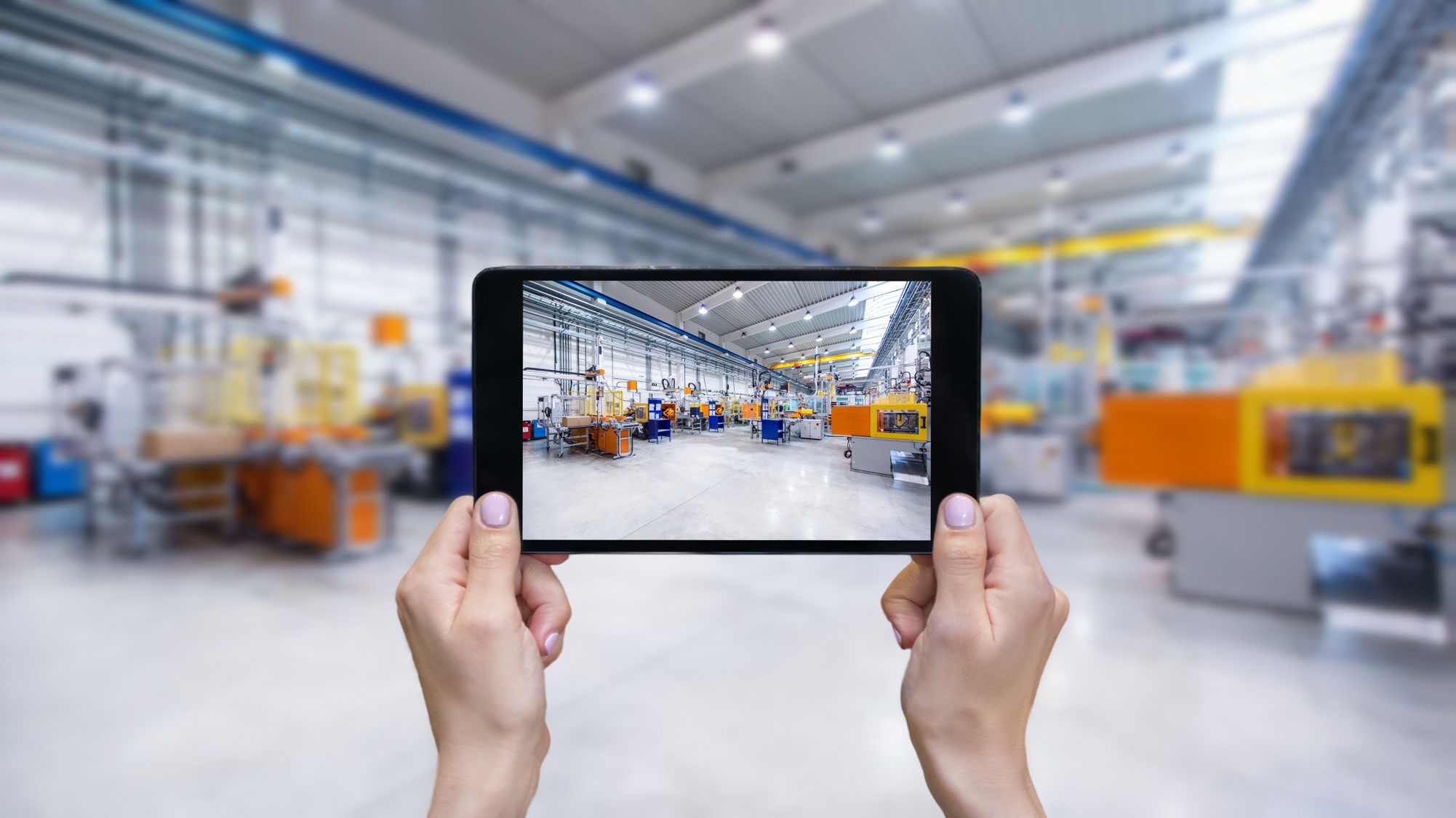According to the 2019 Food and Agriculture Organization (FAO) Food Safety Report, food containing harmful bacteria, viruses, parasites or chemicals causes more than 200 types of illnesses. It is estimated that almost 1 in 10 people in the world get sick after eating contaminated food, many of them die.
For this reason, food security has become increasingly important, driven by growing population, scarcity of natural resources, globalization, sustainability, and advances in modern technology. This has led to the increasing importance of food safety in the priorities of consumers, retailers and regulators who are demanding that the level of food protection be raised around the world. The COVID-19 for its part also accelerated this need.
One of the solutions for the food and beverage industry is to start looking for opportunities like preventive food safety and quality controls. To this end, the Industry 4.0 concept and associated digital solutions allow a producer to adopt a more sophisticated approach to the way they run their operations.
Smart production, the internet of things and connected manufacturing are becoming more ubiquitous. Today, food and beverage manufacturers are using robots to automate tasks, virtual reality for machine maintenance, track and trace technology for better traceability and transparency. Digitization is seen as a positive way to transform food security and make food safe and available.
Smart manufacturing provides opportunities to address potential food safety issues because fully integrated collaboration systems can respond in real time to meet changing demands and conditions in the elaboration.
Producers can be proactive in everything from hygienic design and new clean-in-place technologies, such as electrochemically activated water, to quality control systems that measure compliance with food safety regulations, such as good practices.

International manufacturing
Companies that make up the food production chain must forge new partnerships in all industries and seek allies. In addition to the technology that is used in the early stages of the food production ecosystem, food safety can be improved so that contamination and food waste can be controlled in line with consumer demands.
A practical case

A dairy producer in Brazil needed to reduce the frequency of breakdowns and improve equipment uptime, so it set out to increase production time utilization (PTU) and mechanical efficiency of line machines (LMME). It also set out to reduce operating costs, including maintenance costs, waste of packaging material, labor costs and transportation for rush deliveries of spare parts.
An analysis of operations determined that the existing maintenance procedures were insufficient, leading to equipment breakdowns. The solution was a Plant Care agreement – a long-term maintenance agreement that included various Maintenance Services offerings, with an emphasis on preventive maintenance. An employee recognition program was also introduced to improve productivity.
As a result, the production time utilization (PTU) was increased from 66 to 92%. The mechanical efficiency of the line machines (LMME) was increased from 75 to 97% and the cases of sterility to zero. While the decrease in waste of packaging material fell from 3.0 to 0.6%. All of the above implied an annual reduction in operating cost of 18%.
Helping transition your life to live anywhere
